The Turning Point: World War II’s Indelible Mark on Vehicle Design
The topic of the progression of military vehicles, especially post-World War II models, represents a fascinating strand of automotive history that has long awaited an illuminating discussion. With the recent introduction of the 212 model, an opportunity has arisen to delve into this subject with the attention it deserves.
World War II stands as a definitive demarcation in the history of automotive innovation. The contemporary off-road vehicles we’re familiar with today are, in essence, direct descendants of the Willys Jeep—a testament to the old adage, ‘to the victor go the spoils.’ Its dominance across the continents during WWII cemented its status, an emblem of victory that naturally translated to peacetime pursuits. In the aftermath of the war, amidst global geopolitical restructuring and economic revival, the template set by the Willys Jeep found new resonance. This underlined the vehicle’s adaptability during the ensuing Cold War era, leading to a plethora of revered off-road classics.
The Precursors: Light Off-Road Vehicles Before the War
Even before the conflagration commenced, careful armament planning included the development of light tactical vehicles. The Willys Jeep famously emerged as the frontrunner among an array of similar endeavors. Countries had already been perfecting the role of their light tactical vehicles—capable of navigating rugged terrains for reconnaissance, patrol, medical transport, and even light assault missions.
The Willys Jeep of 1941, for instance, was a culmination of prior successful battlefield designs, optimized for the challenging terrain confronted by troops.
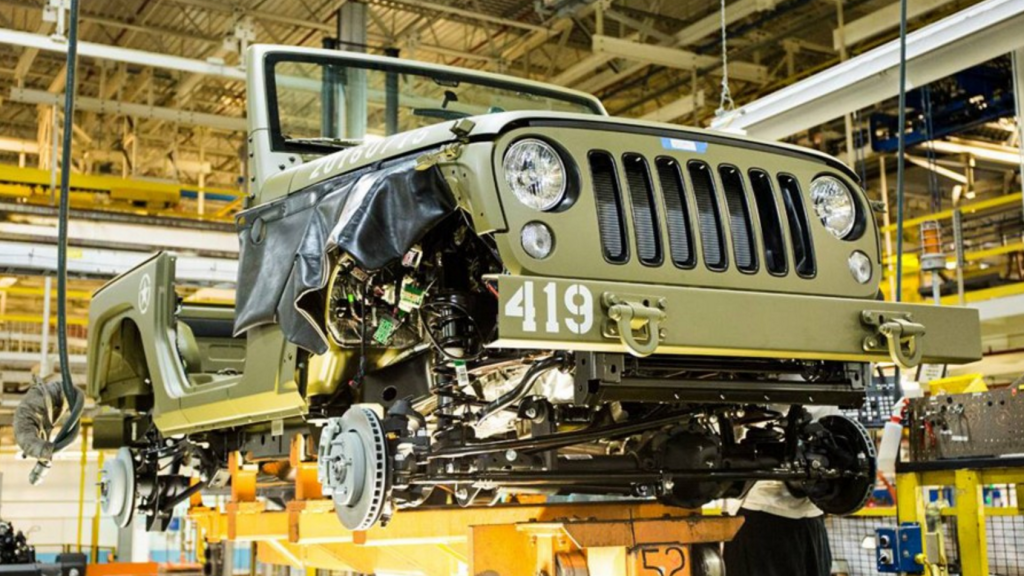
A Heritage Revealed: The VW82 ‘Bucket Car’ and its Brethren
The iconic tactical vehicles of the era, such as the German Wehrmacht’s VW82, known colloquially as the ‘Bucket Car’, the Soviet Red Army’s GAZ-61, and the larger Horch 901 Type 40, started to shape the future of off-road capability around 1938. Each of these models’ stories will be told in forthcoming articles, but a glimpse of this developmental trajectory is essential to our understanding.
Particularly the VW82 ‘Bucket Car’, which evolved from the civilian Type 60, better known as the Beetle, heavily influenced the design of the later American Willys Jeep. With its lightweight design and simplistic frame adapted for rapid deployment and rugged terrain navigation, the VW82 set a precedent. Its undercarriage was intentionally flat, and the total vehicle weight was a mere 685 kilograms, so one person could lift the front end, a literal and figurative lifting of the standard for subsequent vehicles.
In comparison, the Soviet approach with the GAZ-61, designed to navigate their expansive muddy terrain, utilized a more traditional four-wheel-drive system and a 3.5L six-cylinder engine. While maintaining an automobile-like silhouette, its raised clearance was a distinct feature designed for the Soviet landscape.
The GAZ-61 became the first Soviet military off-roader and an ancestor to the light 4×4 vehicle.

The Willys Jeep: A Success Story Born of Necessity
In 1941, America entered WWII, armed with extensive tactical knowledge gleaned from European and Asian engagements. As a result, the Willys Jeep concept quickly took shape, building upon the VW82’s lightweight design and versatile applications.
The Willys Jeep differed by employing a more traditional ladder-like frame and four-wheel drive. Rather than chasing after VW82’s rounded body structure for buoyancy, the Willys Jeep’s design was conceptually aligned with a more robust and manufacturing-friendly framework.
Proving the effectiveness of its design, the four-wheel-drive Willys Jeep became better suited to a variety of wartime needs, especially as American production capabilities accelerated the production process, leading to its prevalence during the war.
In the theater of war, rapid production and economical costs were critical to success. As the tide turned towards the Allies, the proliferation of the Willys Jeep enforced the archetype of the quintessential light off-road vehicle in global consciousness.
Cementing a Legacy: The Cultural Imprint of the American Military
The U.S. military’s late, but decisive, entry into the theaters of Asia and Europe culminated in a victorious image. Post-war, that symbol turned into a driving force in global reconstruction, fostering a burgeoning culture of victory that the Willys Jeep embodied—a legacy that has undeniably influenced modern off-road design.




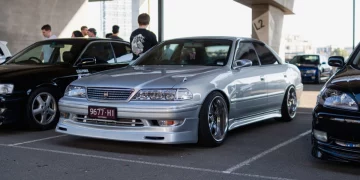

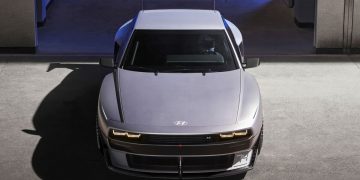

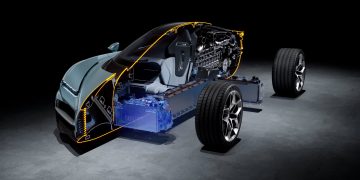












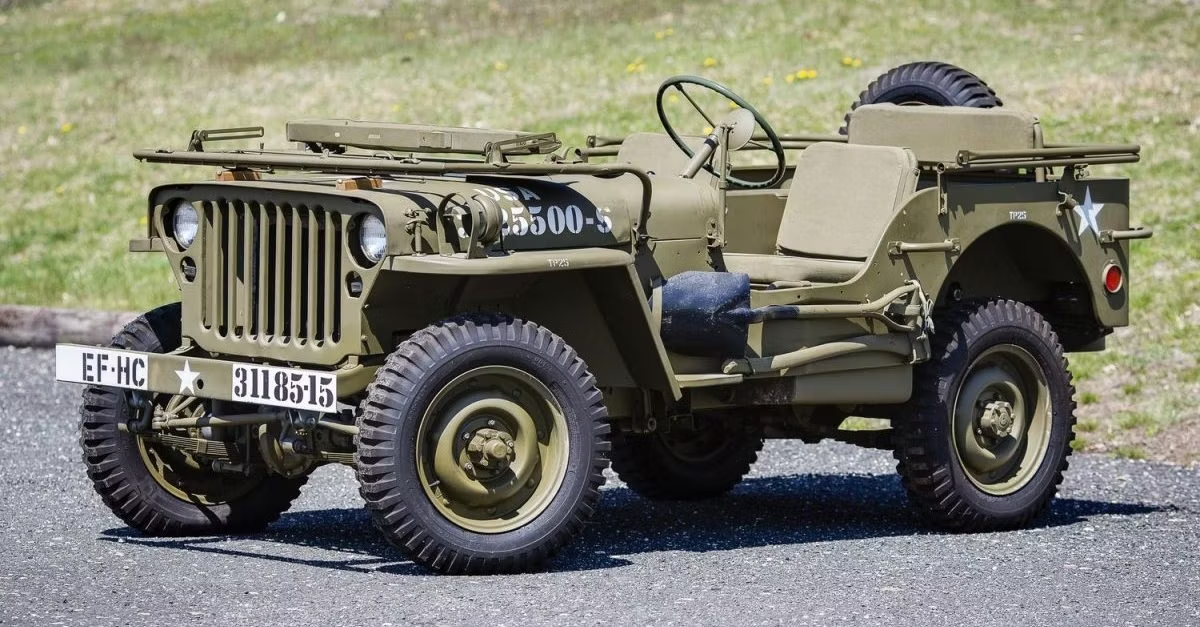












Discussion about this post